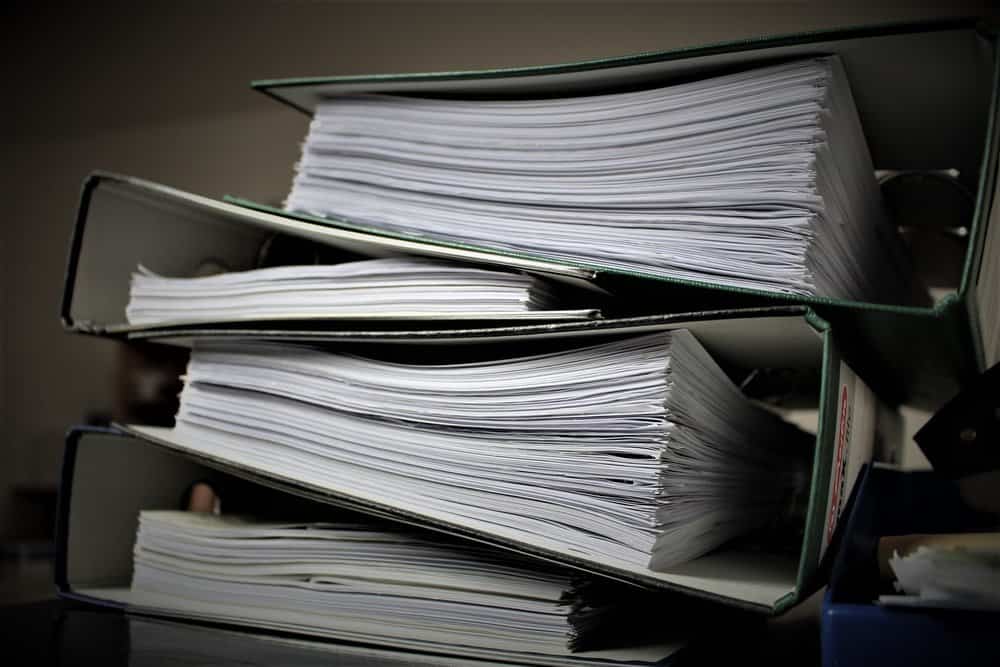
The ELD mandate has brought about a myriad of changes to the freight industry, a topic that has lately been under a lot of public debate. Apart from regulating the hours of service norms for drivers, the mandate’s underlying motive was also about reducing paperwork for drivers by shifting from paper logs to electronic logs. But quite ironically, the regulations imposed on fleets are stringent enough to require a lot of supporting documents, many still in paper form.
The silver lining to the requirements, though, is that the mandate allows for fleets to collect and retain digital copies of paperwork, reducing the dependence on holding back physical copies of documents for months at a stretch. Regulations aside, digitizing bills and invoices instantly could help carriers get paid faster, as the fleet management would not have the need to wait for their drivers to reach their office for submitting the paper documents.
LoadDocs, a company based out of San Francisco, finds itself to be at the epicenter of this mandate. The company’s solution helps drivers to scan their paperwork and forward it to their fleet office, where it is processed and invoiced to the shippers. LoadDocs provides a smartphone app which uses machine learning algorithms to recognize the type of bill being scanned – be it a bill of lading, toll receipt, or a weight certificate – using pre-existing templates on its servers. Based on the form dimension and page format, the algorithms can zero in on the content with a high degree of certainty.
Though the idea of taking pictures and directly relaying it to the fleet offices seem like a plausible solution in itself, it can be problematic. Pictures that are shot on smartphones are not always clear, with the content being foggy. This leads to a lot of complications, with shippers refusing to accept blurred images as receipts for transactions. But LoadDocs algorithms can enhance and auto crop images to make them more readable, making it easier for both parties involved.
“Today, a lot of time is spent in the back office of fleets, trying to index or archive the documents that come in blindly, because they are being faxed from truck stops or dropped into the office in a big box,” said Brian Belcher, the COO of LoadDocs. “We realized this is leading to long delays in the payment cycle and the fleets really don’t have great methods to get their bills back to the office quicker.”
Belcher comes into this field with experience in building similar software in the financial world. “The biggest problem back during the financial crisis times, was about waiting for paperwork at the end of the month, to see what your returns were and the risks involved. We were able to digitize a lot of paperwork for financial management firms, to allow their people to speed up the flow of data,” he said.
“We saw that trucking was suffering from a very similar problem that the financial sector had earlier. You have multiple parties that are waiting for that information, and ultimately you can’t have access to that information until that paper comes back. We saw that as a good opportunity to apply similar technology to speed up the process.”
One of the biggest challenges with building a perfect solution was about making sure the algorithm could recognize images shot from a wide range of smartphones. The phones that drivers use change from one driver to the next, which brings in a lot of variety in image quality and clarity. But with more data flowing in, the system uses patterns to create an image of a document that looks as good as the original.
With this technology, fleets are finding it easier to attract millennial drivers and to retain its driver pool. “The younger generations are looking for technology to make these parts of their day simpler. If you think about it, now that technology is there for everything else that they do throughout their day, when it comes down to being a driver, all they want to do is drive,” said Belcher. Along with making processes simpler, using LoadDocs also means that drivers get paid faster as the invoices would be received promptly.
With regard to technology for the future, Belcher concludes by saying blockchain could hold a lot of potential. “You can look at what IBM and Maersk are already doing in the industry and groups like BiTA are being formed – it is about trying to discover a problem that is worth solving through blockchain,” he said.
“The industry is very fragmented. For example, every shipper has a different type of bill of lading. We are trying to solve it in a very near-term way of allowing to scan the document without a bit of delay. But if blockchain could create more standardization around what the bill of lading is from one shipper to the next, it would be good.”
Stay up-to-date with the latest commentary and insights on FreightTech and the impact to the markets by subscribing.
